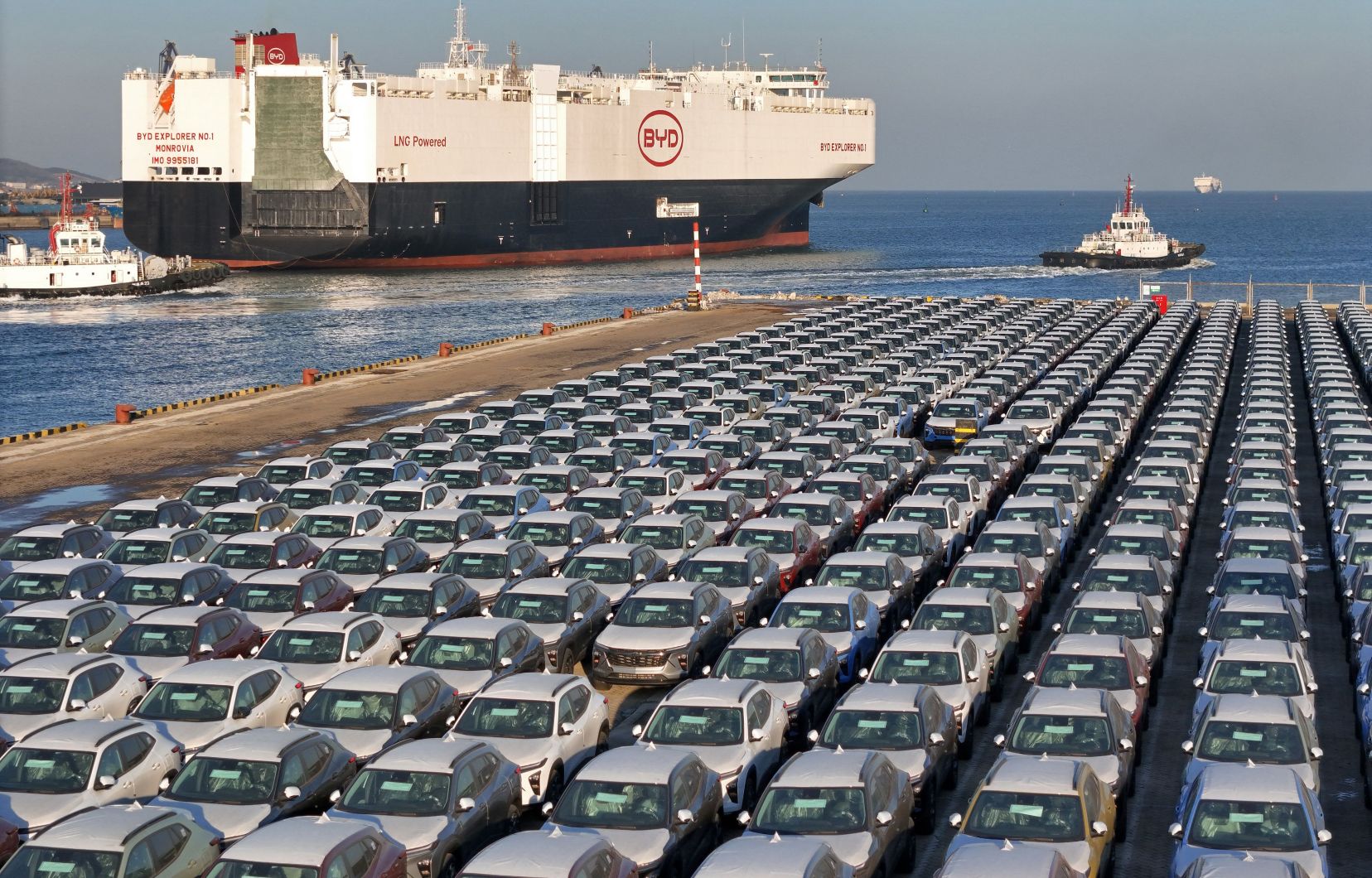It was with some reluctance that Claudio Pérez bought his first Chinese family car. Two years later, this Chilean truck driver does not regret his purchase and even claims that his next vehicle will also be made in China.
“The Chinese brand is stigmatized, but the car turned out to be impeccable, I had no problems,” assures the 47-year-old, who was convinced despite the bad reputation that surrounded the first Chinese models.
In recent years, Chinese manufacturers have stepped up their efforts to offer vehicles at competitive prices, without compromising quality. This strategy has allowed them to conquer the Latin American market.
Over the past five years, the Asian giant has quadrupled its sales in the region. If in 2019 it sold $2.2 billion worth of cars, in 2023 this figure will have reached $8.5 billion, according to the International Trade Center (ITC). Its car sales now represent 20% of the total in the region, ahead of the United States (17%) and Brazil (11%).
In the nascent electric vehicle market, Chinese dominance is even greater with 51% of total sales. Almost all electric buses are made in China.
“The growth of Chinese car manufacturers in recent years has been exponential, thanks to significant improvements in quality, technology and design,” Andrés Polverigiani of the Nyvus consultancy told AFP.
Outside of Asia, no other market has such a large share of Chinese-origin cars, underscoring the importance of the country, the region’s second-largest trading partner, to Latin American economies, according to the ITC.
In the United States and the European Union, two markets with strong auto industries, the imposition of tariffs has slowed China’s progress.
Although small, the Chilean market is considered one of the most competitive in the world. Virtually duty-free, some 80 brands from 28 origins offer more than 600 vehicle models. The flow of Chinese cars through the country’s ports is incessant.
“Extremely competitive prices”
“Here, a Chinese car is on a par with an American or European one. The reduction in customs duties has also made prices extremely competitive,” says the president of the Chilean National Automobile Association, Diego Mendoza.
In 2023, Chinese cars accounted for nearly 30% of sales in the country. As in Chile, Ecuador, Peru and Colombia, China aims to dominate the market. In Brazil and Mexico, the two major hubs of the automotive industry in the region, China is also betting on vehicle production.
The giant BYD is building the largest electric car factory outside Asia in Camacari, in the northeast of Brazil, with a production capacity of 150,000 vehicles per year.
“In Brazil, the sales volume is high, but the presence of electric vehicles and Chinese vehicles is still low. If I were running a Chinese automotive company, I would also consider the Brazilian market with great interest,” says Cassio Pagliarini, a specialist at Bright Consulting.
To attract consumers, China has notably concluded alliances with major manufacturers which have allowed it to reduce production costs and improve technologies.
“People started trying them and adopting them,” says Rubén Méndez, marketing director of Chilean car dealership Movicenter.
In Latin America, Chinese cars have enabled middle- and low-income segments of the population to access their first vehicle, while promoting the adoption of cleaner technologies in polluted cities such as Santiago, Bogota and Mexico City, says Sebastian Herreros, an economist at the Economic Commission for Latin America and the Caribbean (ECLAC).
In Santiago, more than 2,000 Chinese-made electric buses are already in circulation. “All our countries must quickly adopt electromobility, it is almost a question of survival. China is an ideal partner: it has the necessary production capacity and offers competitive prices,” emphasizes Sebastian Herreros.
